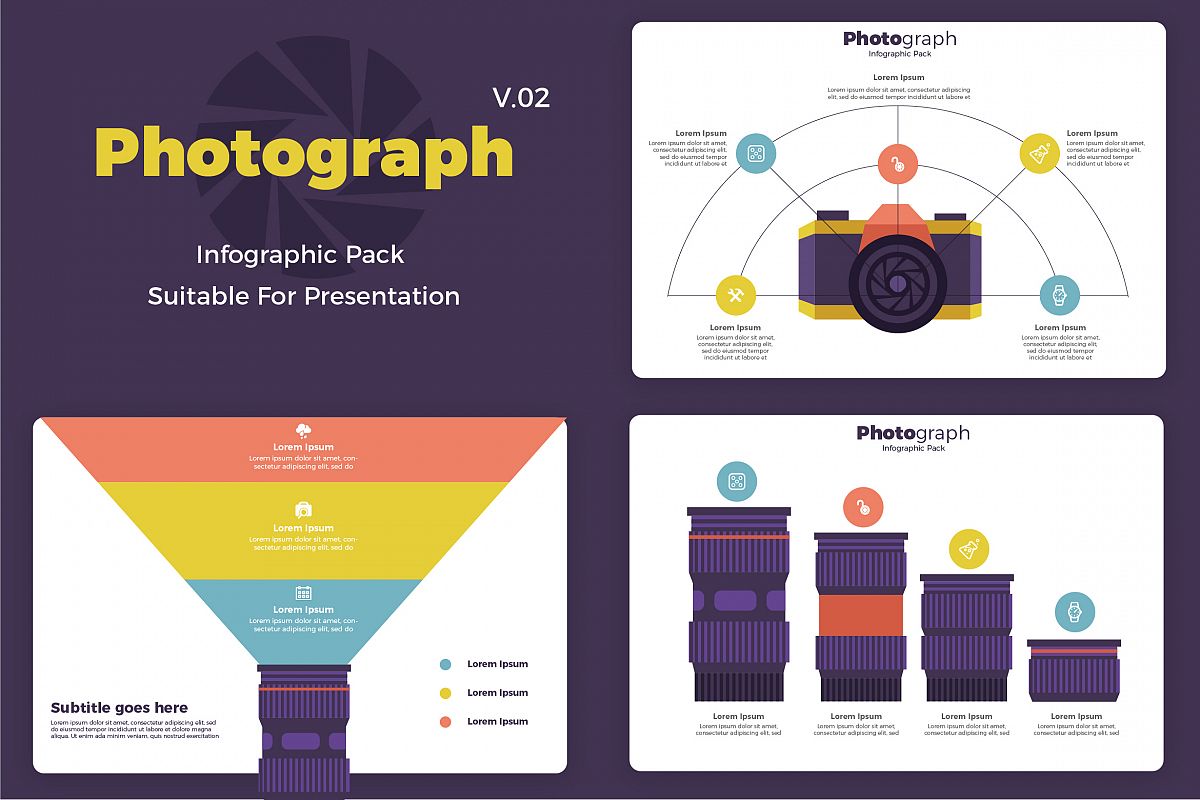Digital Photography Tips For Beginners: Mastering Your Video Camera Quickly
Digital Photography Tips For Beginners: Mastering Your Video Camera Quickly
Blog Article
Web Content By-Whitley Dalton
When you initially get your cam, it can really feel frustrating with all the setups and options offered. You could find yourself asking yourself how to browse aperture, shutter rate, and ISO effectively. Mastering these principles is important, yet there's more to photography than simply technical knowledge. Comprehending structure techniques and illumination conditions can boost your photos considerably. So, what happens if you could learn simple strategies to improve your abilities and begin recording impressive photos sooner than you assume? Allow's explore just how to change your digital photography journey.
Comprehending Cam Settings
Comprehending your electronic camera settings is crucial for recording magnificent images. When you pick up your video camera, acquaint yourself with the 3 main settings: aperture, shutter speed, and ISO. Each plays a vital duty in just how your photos end up.
Start with https://www.thephoblographer.com/2016/01/02/making-your-long-exposure-stand-out-from-the-rest/ , which regulates the amount of light going into the lens. A bigger aperture (lower f-number) allows more light and develops a stunning background blur, perfect for pictures. On the other hand, a narrower aperture (higher f-number) keeps more of the scene in focus, perfect for landscapes.
Next off, focus on shutter rate. This setup determines for how long your electronic camera's sensor is revealed to light. A rapid shutter rate freezes movement, which is wonderful for action shots, while a sluggish shutter speed can develop stunning impacts like smooth water in landscapes.
Lastly, change https://blogfreely.net/romeo93cesar/digital-photographers-frequently-ignore-key-basics-that-can-hinder-their . This setting affects your cam's sensitivity to light. A greater ISO works in low-light circumstances however can introduce sound or grain. Aim for the most affordable ISO possible while still attaining correct exposure.
Make-up Strategies
When you're out shooting, structure can make all the difference in exactly how your photos reverberate with customers. Start by using the rule of thirds; imagine your frame split right into nine equivalent areas with two horizontal and two vertical lines. Placement crucial elements along these lines or at their intersections to create equilibrium and passion.
Next off, think about leading lines. These natural lines in your scene, like roadways or rivers, attract the viewer's eye into the picture, leading them via the tale you're telling.
Do not forget about mounting; use aspects within your scene, like trees or home windows, to develop a frame around your topic, adding depth and focus.
Also, watch on your background. A messy history can sidetrack from your primary topic, while an easy one aids it attract attention.
Finally, explore proportion and patterns; they can create a striking image that captures focus.
Learning Lighting Issues
Understanding lights conditions is critical for catching stunning pictures, as the ideal light can change a normal scene into something remarkable.
Begin by observing all-natural light at different times of the day. Mornings and late afternoons provide the very best light, referred to as the golden hour. The soft, warm tones throughout these times can boost your photos wonderfully.
Don't avoid overcast days either; diffused light can reduce extreme darkness and develop a pleasing result, particularly for pictures.
Experiment with backlighting by positioning your subject against the light source. This strategy can produce a dreamy halo result and add depth to your pictures.
Focus on your video camera setups also. Change the ISO, aperture, and shutter speed to match the lighting problems. A greater ISO can assist in reduced light, yet beware of grain.
Use a tripod in darker environments to stay clear of blur.
Last but not least, do not neglect artificial illumination. Flash and constant lights can be great tools for controlling light in challenging conditions.
Verdict
Finally, grasping your electronic camera does not need to be overwhelming. By recognizing your settings, using make-up techniques, and taking advantage of the power of natural light, you'll swiftly boost your photography skills. Bear in mind, practice makes best, so go out there and trying out your newfound understanding. With time and dedication, you'll be catching stunning photos that mirror your one-of-a-kind viewpoint. Enjoy the trip, and don't neglect to enjoy while you're at it!
